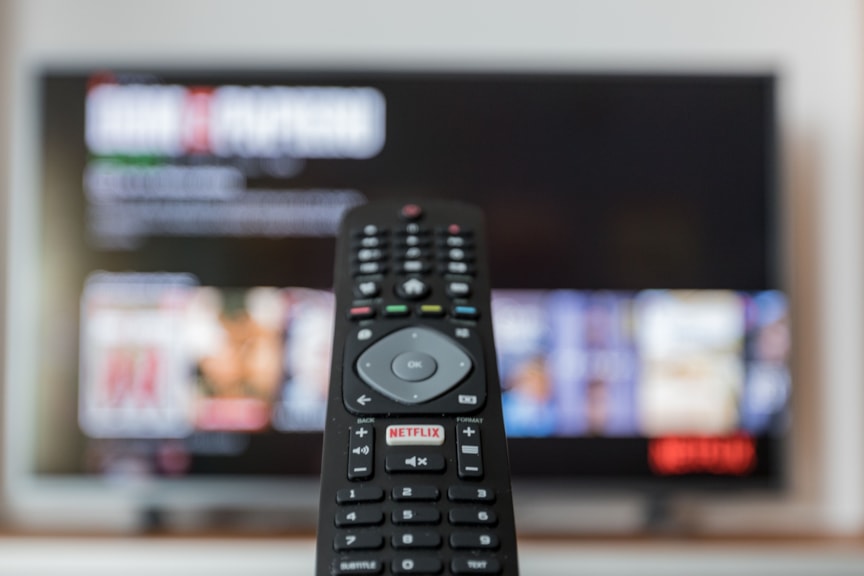A designer's perspective on digital accessibility and the user experience
Design plays an incredibly big role in our everyday lives and it's something that I think about on a daily basis. Maybe you notice such things too?

After all, we want things to run smoothly, because when it doesn't, we get frustrated and might even stop doing what we're doing. Generally, it's only when something is working badly that we notice it.
Thankfully, there's plenty of great design these days. Many products, services and other things have started somewhere, and then improved over time through new directives, requirements and feedback from users.
Some things may at first glance have a bad design, but have actually been intentionally designed in a certain way because there is another thought behind it – like the seats on the platform for Stockholm City – impossible to sit comfortably in the few seats that exist – because it is impossible to sit comfortably in the few places that exist – because it is is not intended for anyone to sit for a long time, rest or sleep. Sad though with the lack of rest areas when the trains are delayed...
Have you read my articles about accessibility?
The importance of building accessible websites and the new directives that affect e-retailers.
To take up another example from everyday life where development has really progressed – the remote control for the TV. The buttons for scrolling between channels and volume have now been placed vertically for a long time, so a control that deviates from this leaves users confused. Or that the mute button is often in green or red color placed at the top of the controller.
What has taken the remote control to the next level are buttons for Netflix and other services that we use on a daily basis. Even better, a few years ago LG introduced its Magic Remote which allows you to use the remote as a mouse cursor instead of clicking the arrows on the controller to navigate around. Game changer? "Yes, I would definitely say so!
The example of the remote control is the same as with most things today, including functions on websites. We simply expect certain things to work in a certain way and when something doesn't work, there is a risk that we stop doing what we are doing. A common annoyance is forms...

It is therefore very positive that there are constantly new requirements for digital accessibility as it improves the user experience for everyone, regardless of disability or not.
Of course, I can't speak for all designers, but from my perspective as a UX and UI designer, it's incredibly fun that development is always moving forward and that it's not just due to our own initiatives, but that everyone is expected to follow the same requirements as it forces us to make even better design.
What are your annoyances on the web?
If you need help improving your website, e-commerce or intranet, contact us and we will help you!

We would like to hear what you think about the blog post